Lithuania
Key Indicators
| Income Group | High income |
| Regional Group | Europe |
| Population (Total) | 2,888,055 |
| GDP per capita, PPP (current international $) | 54,216 |
Performance Overview
Pillar: Enable Score: 68.70Rank: 19
Regulatory Landscape
1. Government effectiveness
2. Rule of law
3. Political stability
4. Regulatory quality
5. Corruption
Market Landscape
1. Extent of market dominance
2. Domestic credit to private sector
3. Cluster development
4. R&D expenditure
5. Population covered by at least a 3G mobile network
6. Internet access in schools
7. Urbanisation
Business & Labour Landscape
1. Labour rights
2. Labour-employer cooperation
3. Professional management
4. Relationship of pay to productivity
5. Enterprise software
6. Cloud computing
7. Firms with website
Pillar: Attract Score: 65.38Rank: 25
External Openness
1. FDI regulatory restrictiveness
2. Financial globalisation
3. Migrant stock
4. International students
5. Brain gain
6. AI skills migration
Internal Openness
1. Tolerance of minorities
2. Tolerance of immigrants
3. Social mobility
4. Economic empowerment of women
5. Gender parity in high-skilled jobs
6. Leadership opportunities for women
Pillar: Grow Score: 46.60Rank: 36
Formal Education
1. Vocational enrolment
2. Tertiary enrolment
3. Tertiary education expenditure
4. Reading, maths, and science
5. University ranking
Lifelong Learning
1. Business masters education
2. Prevalence of training in firms
3. Employee development
Access to Growth Opportunities
1. Delegation of authority
2. Youth inclusion
3. Use of virtual social networks
4. Use of virtual professional networks
Pillar: Retain Score: 73.07Rank: 28
Sustainability
1. Pension coverage
2. Social protection
3. Brain retention
4. Environmental performance
5. Vulnerable employment
6. Protect Against Future Disasters
7. Household Financial Resilience
Lifestyle
1. Personal rights
2. Personal safety
3. Physician density
4. Sanitation
5. Employee Wellbeing / Happiness score (life ladder)
Pillar: Vocational and Technical Skills (VT) Score: 59.17Rank: 42
Mid-level Skills
1. Workforce with secondary education
2. Population with secondary education
3. Technicians and associate professionals
4. Labour productivity per employee
Employability
1. Ease of finding skilled employees
2. Relevance of education system to the economy
3. Skills matching
4. Highly educated unemployment
Pillar: Generalist Adaptive Skills (GA) Score: 39.62Rank: 28
High-level Skills
1. Workforce with tertiary education
2. Soft Skills
3. Professionals
4. Researchers
5. Senior officials and managers
6. Digital skills
7. AI talent concentration
Talent Impact
1. ICT services exports
2. Mobile apps development
3. Intellectual property receipts (% of total trade)
4. High-value exports
5. Software development
6. New business density
7. Scientific journal articles
